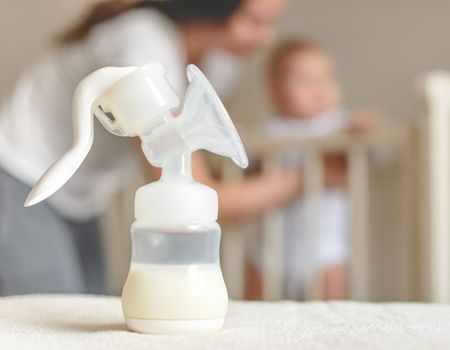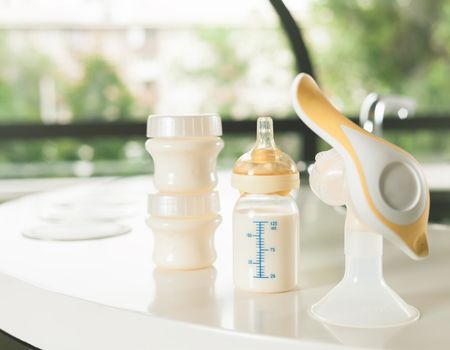Clearing up confusion around the PUMP Act
 We’ve been reading conflicting analyses about the PUMP Act, which was included as Division KK in the Consolidated Appropriations Act, 2023 (CAA). The PUMP Act requires employers to accommodate nursing mothers. It provides the right to break time and space to pump break milk at work for millions of workers, including teachers and nurses. Additionally, it creates an opportunity for workers to file lawsuits if employers fail to comply.
We’ve been reading conflicting analyses about the PUMP Act, which was included as Division KK in the Consolidated Appropriations Act, 2023 (CAA). The PUMP Act requires employers to accommodate nursing mothers. It provides the right to break time and space to pump break milk at work for millions of workers, including teachers and nurses. Additionally, it creates an opportunity for workers to file lawsuits if employers fail to comply.
However, there has been some confusion among employers about how to implement this regulation. So let’s set the record straight.
One-year accommodation for (almost) all nursing mothers
Both the PUMP Act and the Affordable Care Act amend the Fair Labor Standards Act to require all employers to provide a private space nursing mothers can use to express breast milk for up to one year after the birth of a child. The ACA extended accommodation rights to nonexempt employees; the PUMP Act extends these rights to all nursing mothers, regardless of their status under the FLSA.
Under both laws, breaks are unpaid, unless employees aren’t completely relieved of their duties.
Both laws also continue to exempt small employers—those with fewer than 50 employees—if accommodating nursing mothers presents an undue hardship.
Consolidated Appropriations Act confusion
The original proposal
The CAA clocks in at 4,126 pages of legislative gobbledygook. It was the last train out of the 117th Congress, so, naturally, several other pieces of legislation were hooked up to it. Division KK starts on page 4077, if you’re reading the PDF copy. The original PUMP Act is a perfect example.
Introduced as H.R. 3110 in the 117th Congress, it would have:
- Extended the time for accommodations to two years after the birth of a child, from one year.
- Extended protections to exempt employees.
H.R. 3110 passed the House but never made it to the Senate. It’s a mere 10 PDF pages long.
The version that passed
The CAA included the latter provision, but not the former. Here’s the relevant CAA provision:
SEC. 18D. BREASTFEEDING ACCOMMODATIONS IN THE WORKPLACE.
(a) IN GENERAL.—An employer shall provide—
(1) a reasonable break time for an employee to express breast milk for such employee’s nursing child for 1 year after the child’s birth each time such employee has need to express the milk
Skimming legislation
 Lots of trusted and authoritative lawyer blogs analyzing this provision of the CAA noted a two-year time frame. What we think happened: The authors, not willing to wade through 4,126 pages of mind-numbing legislation, went right to H.R. 3110 and assumed its provisions made it into the CAA wholesale.
Lots of trusted and authoritative lawyer blogs analyzing this provision of the CAA noted a two-year time frame. What we think happened: The authors, not willing to wade through 4,126 pages of mind-numbing legislation, went right to H.R. 3110 and assumed its provisions made it into the CAA wholesale.
Sorry, colleagues, this is a bush-league mistake.
It also presents two good lessons:
- Never assume
- Summaries, like the kind the Joint Committee on Taxation routinely prepare, are great, but as painful as it is, confirm the summary by reading the law.
No one can read through 4,126 pages of legislation, not even us. We have shortcuts, and for the first and probably only time, we’re going to share some of them.
- Read the Table of Contents closely (every large piece of federal legislation has a Table of Contents).
- Once you find the section or the division of the law in the Table of Contents you’re interested in, copy it over into the search function of whatever program you’re using to read it.
- We prefer to read material like the CAA in PDF format because we have a set of standard comments we make in the document, which we use to shorten the search the next time we need to plow through it.
So that’s how you can do it, the next time you read something fishy and need to confirm it for yourself.






